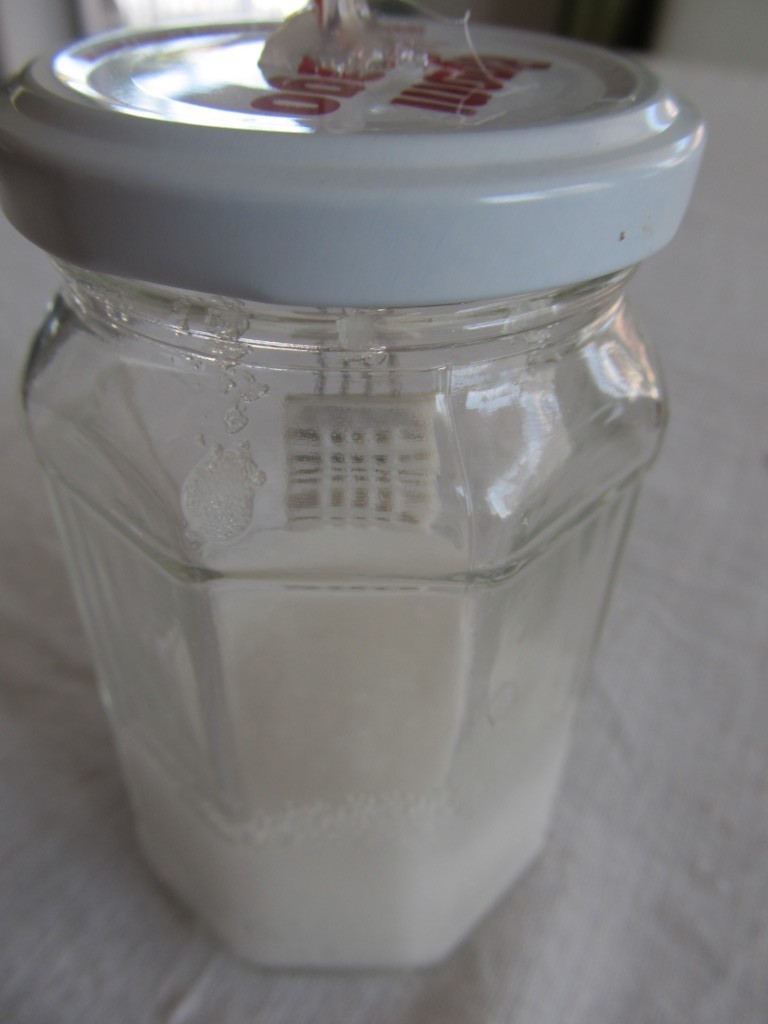I have been boggled for a while about the Relative Humidity data that I gather, I get some higher than expected reading. I blogged about this in this post and @Dimitrios suggested in the comments that my box my be causing the issues. He sent me a 3D printed Stevenson screen to try, but I am still getting some 99.99% relative humidity readouts in the early mornings, while it has been relatively dry and hot out here the last week. @Phil also reports similar readings issues in the forum, so this calls for a test.
Until now, I have blindly relied on DHT22’s datasheet that states:
Every sensor of this model is temperature compensated and calibrated in accurate calibration chamber and the
calibration-coefficient is saved in type of programme in OTP memory, when the sensor is detecting, it will cite coefficient from memory
The sensor returns 40bit CRC-ed digital readout, so the library used to read it shouldn’t really matter.
So to try out its accuracy @Phil suggested to run a “Saturated Salt test“: the saturated salt solution test is an easy method for testing the accuracy of your humidity sensor. Slushy mixtures of certain pure salts and distilled water have the property that they maintain an approximately constant humidity in a closed container. A saturated table salt bath will eventually give a reading of approximately 75%.
So here is my test setup:
It is sealed and I am to leave it for 96 hours to stabilize. After that time, the reading should be 75% plus/minus the error margin of the sensor. I will report the readings..




Pingback: Improving my home automation system’s Data Quality | Martin's corner on the web